The Veil
The 1st scenario was based on the principle of "found footage" like the classic The Blair Witch Project and other Paranormal Activity.
From the 1st discussion, Phil taught me he convinced the screenwriter to change this narrative mode in favor of a more conventional and visual narration.
I make a first aside. It is one of the first differences that I noticed with France (and I will take advantage of the example of this film to describe as much as possible).
The visual aspect of the film is raised from the script. It is important to the director and the production to have a clear and assertive visual mood. As director of photography, we are put in the center of the creative process and totally in charge of the mood according to the budget.
Make no mistake, I’m not saying that the visual aspect in France is neglected, but in my experience, it rarely comes that early in production considerations.
The films at Blumhouse are on a simple model : budget 4 million all-inclusive. 24 days of shooting.
(In comparison, we shot La Stratégie de la poussette with a similar budget over 40 days)
The rewrite transformed the found footage while retaining the original idea and continued to evolve throughout prep and shooting.
This requires being flexible and able to bounce back quickly on set. Having backups solutions, being able to respond to surprising demands... I would come back to this later.
We shot on an Alexa 4/3 in anamorphic.
I shot comparative tests between Kowas and Panavision G series (the only one available on our dates).
We also compared the ProRes and Raw recording.
And some 16mm roll in Bolex (Ektachrome 100D and negative 500T) for the 70’s archives.
After grading and screening a DCP, we opted for Kowas and prores recording. (With the strong contrast and the little saturation, the gain from the Raw was negligible).
The camera package also included an Angenieux 24-290 zoom (48-580 anamorphic) that we used for long focal lengths.
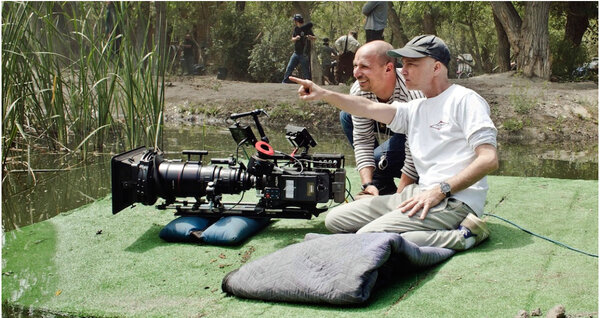
I used one LUT for the day and one for the night loaded in the Alexa for monitoring.
The day LUT was an emulation of Kodak 93 draw with 10% desaturation.
and the night LUT was REC 709 curve with -10% sat overall and -5% additional sat on reds.
White balance 4300K or 4700K depending on the scenes.
640 ISO by day and 800 by night.
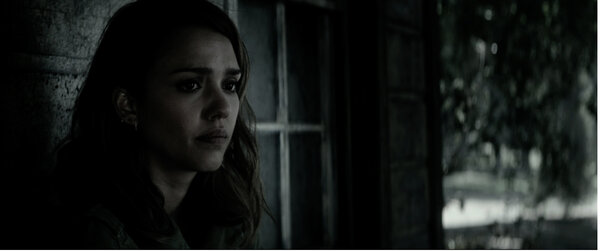
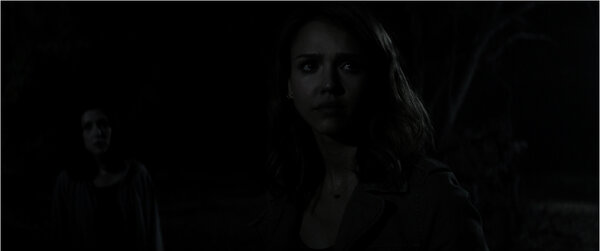
(I forced 1600 ISO on the candlelight seance scene).
(Alexa at the time partially lost its color rendition past 1250 ISO and became slightly monochromatic I have not noticed this more recently in the same cases).
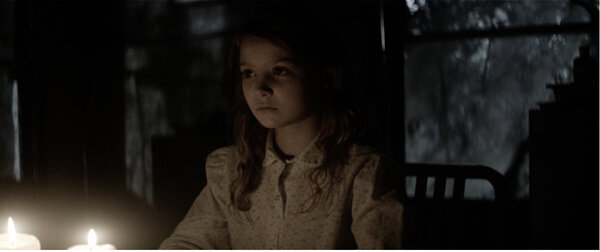
The cards were sent at noon and in the evening during the editing process. A DIT processed the proxies and put them online on the PIX system (dailies streaming).
The PIX does not allow you to judge the quality because of the high compression and it generates huge watermarks with your name preventing you from judging... Very quickly Phil and I got ipads loaded with H264 dailies (the paranoia of leaks sometimes prevents common sense) ...
We shot the TV archives of the massacre with a DV camera (Canon XL1) and some of the cult archives on 16mm (500T) Bolex.
We have grouped the sets in a park where the 2 exterior houses were built (3 sheets without interior for the 2, the 2d house was scaled x0.7 and only the front door was functional).
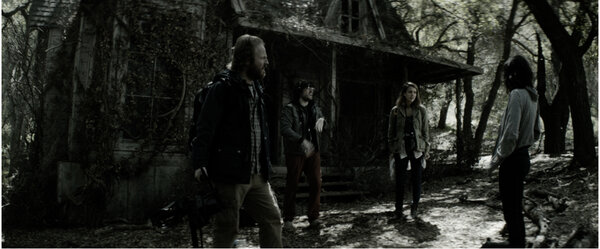
The interior house was built outside in the woods far enough from the other 2 so we didn’t see it while shooting exteriors.
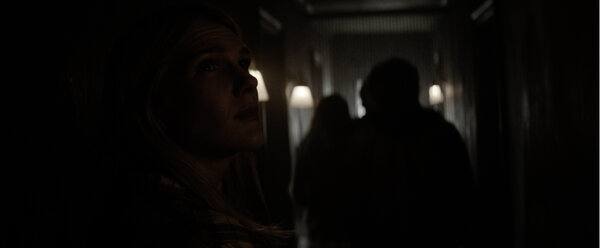
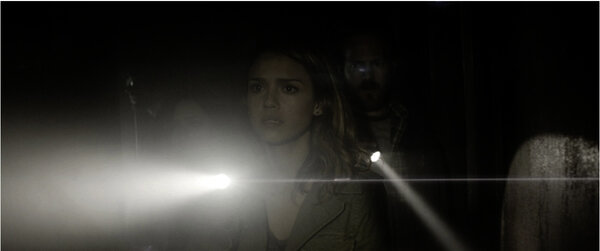
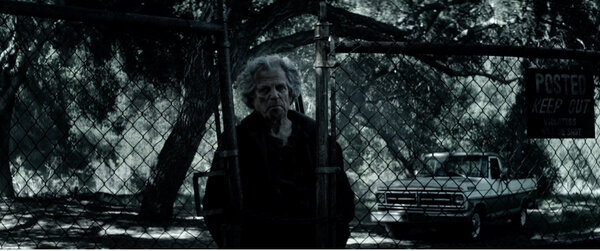
Forest, forest roads and grill are all part of the same Park.
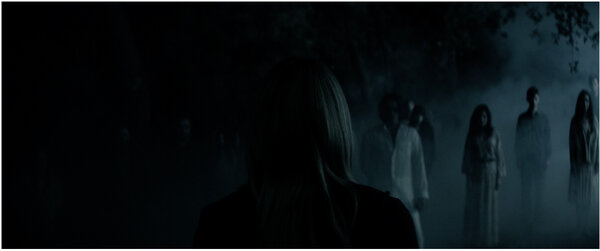
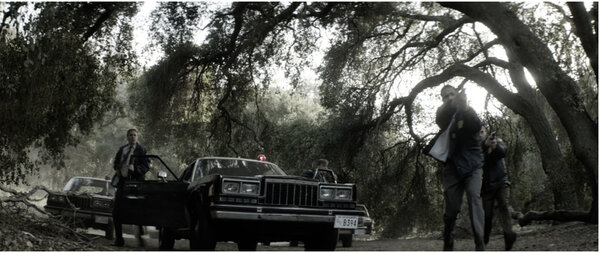
Sara’s house was a location and the lake was the only other company move.
I’ve mentioned how I got involved in the production process earlier than I was used to.
Technically I faced a lot of requests too. Such as matching day scenes with night for day, shooting scenes 2 weeks apart to help the schedule. matching insert in different locations...
To respond to these requests I was always supported by the production and directing team.
The only difficult discussion was to work at night with balloons for the forest (to switch faster) that’s the only time the director had to step in for me.
We captured up to 44 shots in one day (on average 35 shots per day) with a single camera. (On days of 12 hours on average).
There is also a myth of bigger crew in the United States.
For my experience same budget same crew size if compared to "the stroller strategy".
1 camera operator / Steadicam, 1st assistant camera, 2d AC and 1 data manager, 1 gaffer, 2 electricians (additional day players for nights) and 1 key grip and 2 machinists.
The DIT was considered an assistant editor and we did not use a lab.
Of course, on films with larger budgets, there s bigger crew but so is in France.
Équipe
Camera op / Steadicam : Twojay Dillon1st AC : Larry Nielsen
2d AC : Diana Ulzheimer
Data wrangler : Austin Swenson puis Freddy Fernandez
Gaffer : Dave Ghegan
Key Grip : Mike Enriquez
DIT /proxies : Chris Piper
Colorist : Stephan Sonnenfeld
Technique
Cameras and lenses : Camtec (Arri Alexa XT 4/3 anamorphic, Kowa anamorphic series + 32 mm modified Camtec, zoom Angénieux 24-290 mm anamorphosed)Balloons and Skyball (forest) : Skylight
Lighting : Paskal Lighting (HMI Arri Max / M40 / M18 / Joker Bug 800/400, LED Rosco LitePad)
Grip equipment : Angel Films (Dolly Fisher 11)
Color : Company 3
 En
En Fr
Fr




